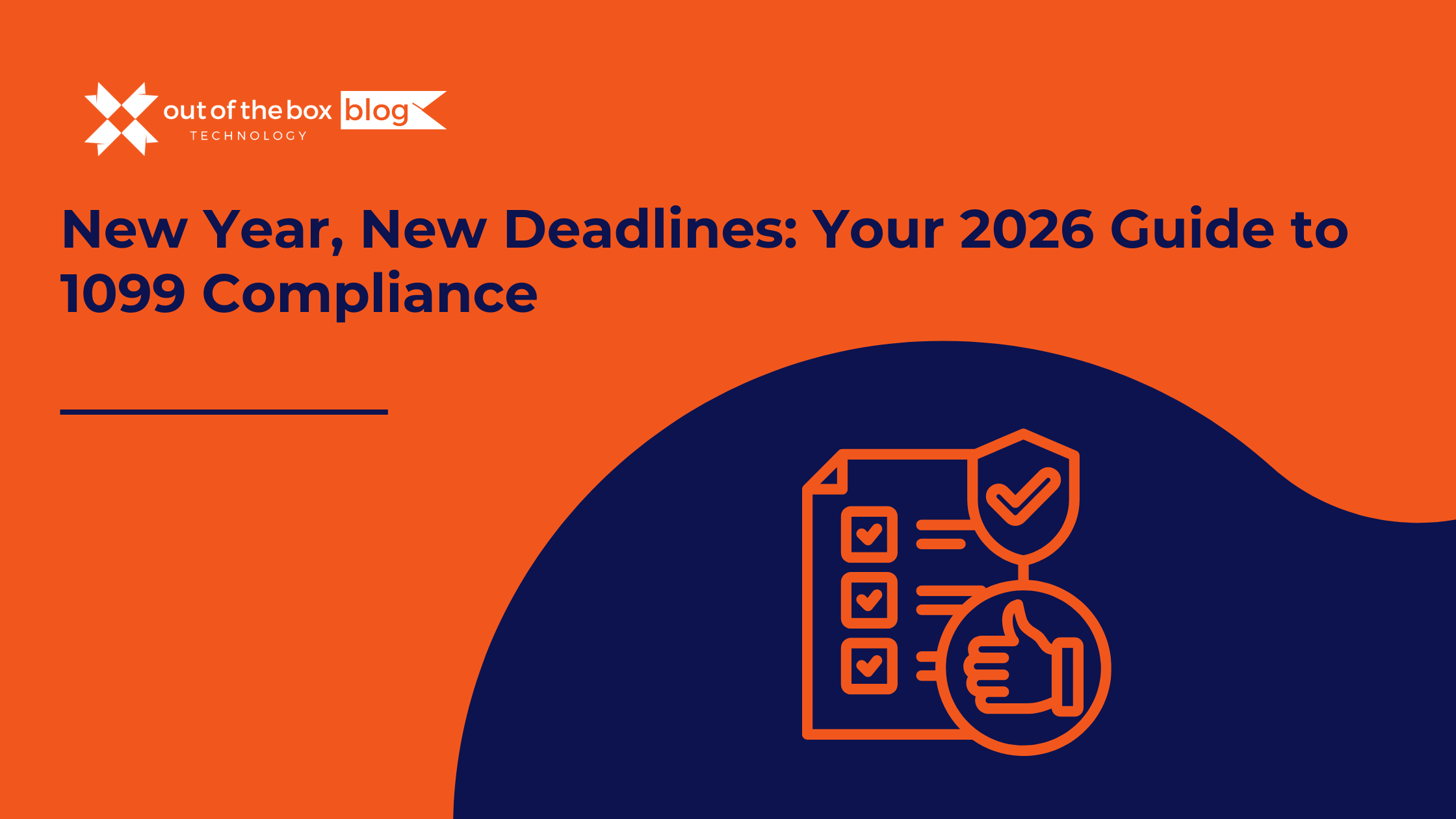Managing business liabilities is a fundamental part of ensuring the financial stability and growth of any organization. Whether you’re a small business owner or managing a large corporation, understanding what liabilities are, how they impact your financial health, and how to manage them effectively can make or break your success.
In this guide, we’ll explore the types of business liabilities, provide examples, share data-backed insights, and answer common questions to help you better understand and manage business liabilities.
What Are Business Liabilities?
In accounting terms, liabilities are financial obligations or debts that a business owes to external parties. They represent amounts that must be paid in the future, which could include loans, accounts payable, mortgages, leases, taxes, and accrued expenses.
Liabilities are recorded on the balance sheet and are typically categorized as either current liabilities or long-term liabilities.
- Current Liabilities are obligations that need to be paid within a year. Examples include accounts payable, short-term loans, and taxes owed.
- Long-Term Liabilities are obligations that extend beyond one year. Examples include mortgages, bonds payable, and long-term loans.
Effective liability management ensures a business can meet its obligations without jeopardizing cash flow or operational stability.
Types of Business Liabilities
Understanding the types of liabilities your business may encounter is crucial for effective financial planning. Here are the main categories:
1. Accounts Payable (AP)
Accounts payable refers to amounts owed to suppliers or vendors for goods and services received but not yet paid for.
Example: A retail business orders $10,000 worth of inventory from a supplier. The supplier grants the business 30 days to pay. This $10,000 appears on the balance sheet as an account payable until it is settled.
2. Loans Payable
These are amounts owed to financial institutions or lenders. Loans may be short-term or long-term, depending on the repayment timeline.
Example: A construction company takes out a $100,000 loan to purchase new equipment, repayable over five years. The portion due within a year is a current liability, while the remaining balance is a long-term liability.
3. Accrued Expenses
These are expenses that have been incurred but not yet paid, such as salaries, interest, or utilities.
Example: Employees work during the month of March, but payroll is processed in early April. The wages for March are recorded as an accrued expense until paid.
4. Taxes Payable
Businesses owe taxes at federal, state, and local levels. These liabilities can include income taxes, sales taxes, payroll taxes, and property taxes.
Example: A small business calculates $5,000 in sales taxes collected during the month. This amount is recorded as a liability until it is remitted to the government.
5. Unearned Revenue
This represents money received in advance for services or products that will be delivered in the future.
Example: A software company sells an annual subscription for $1,200. Until the services are fully provided, the subscription fee is recorded as unearned revenue.
6. Bonds Payable
If a business issues bonds to raise capital, the principal and interest owed are liabilities until the bonds are repaid.
Example: A corporation issues $1 million in bonds due in 10 years. The debt and any interest payments are recorded as long-term liabilities.
Why Managing Business Liabilities is Crucial
1. Maintaining Cash Flow
Proper management of liabilities ensures that you have enough cash flow to cover daily operations. Cash flow shortages can lead to late payments, penalties, or even business closure.
2. Protecting Creditworthiness
Consistently meeting your obligations boosts your business’s credit score. A good credit score helps secure favorable terms for loans and supplier credit.
Data Insight: According to Dun & Bradstreet, 48% of businesses face difficulties obtaining financing due to poor credit scores. Managing liabilities effectively can mitigate this risk.
3. Financial Stability
Excessive liabilities can lead to insolvency. Keeping liabilities in check maintains a healthy balance between debt and assets.
4. Investor Confidence
Investors closely analyze a company’s liabilities to gauge risk. Lower liabilities relative to assets and equity signal stability and lower risk.
Example: In 2023, Apple reported total liabilities of $278 billion against assets of $352 billion, maintaining a healthy debt-to-asset ratio of 0.79 (Source: Apple’s 2023 Annual Report).
Strategies for Managing Business Liabilities
Effectively managing liabilities involves strategic planning and regular monitoring. Here are some proven strategies:
1. Maintain a Cash Reserve
Building a cash reserve can help your business cover short-term liabilities during periods of low revenue.
Tip: Financial experts recommend keeping 3-6 months’ worth of operating expenses in reserve.
2. Prioritize Debt Repayment
Create a debt repayment plan focusing on high-interest debts first. This approach reduces overall interest expenses.
Example: If you have a $10,000 credit card debt at 18% interest and a $20,000 loan at 7%, prioritize paying off the credit card first.
3. Negotiate Payment Terms
Work with suppliers to negotiate favorable payment terms, such as extended deadlines or discounts for early payments.
4. Refinance High-Interest Debt
If market rates drop, consider refinancing loans to lower interest rates and reduce monthly payments.
5. Lease Instead of Buy
For expensive equipment, leasing can be a better option than purchasing, as it reduces upfront costs and liabilities.
6. Monitor Liabilities Regularly
Regularly review your balance sheet to ensure liabilities remain within manageable limits.
Key Metrics to Track Liabilities
1. Current Ratio
The current ratio measures your ability to pay short-term liabilities with short-term assets:
Example: If a business has $50,000 in current assets and $25,000 in current liabilities, the current ratio is 2.0, indicating good liquidity.
2. Debt-to-Equity Ratio
This ratio compares total liabilities to shareholders’ equity:
Example: If a company has $500,000 in liabilities and $1,000,000 in equity, the ratio is 0.5, indicating conservative use of debt.
3. Interest Coverage Ratio
This ratio measures how easily a business can cover interest expenses on its debt:
Example: If EBIT (Earnings Before Interest and Taxes) is $100,000 and interest expense is $20,000, the ratio is 5.0, indicating strong ability to cover interest.
FAQs on Managing Business Liabilities
1. What is the difference between liabilities and expenses?
- Liabilities are debts or obligations that need to be paid in the future (e.g., loans, accounts payable).
- Expenses are costs incurred during the business’s operations (e.g., rent, utilities).
2. How can I reduce my business liabilities?
- Prioritize paying off high-interest debt.
- Negotiate better terms with suppliers.
- Refinance loans.
- Increase cash reserves to avoid additional borrowing.
3. Are liabilities always bad for a business?
Not necessarily. Liabilities can be beneficial when used to finance growth, such as investing in new equipment or expanding operations. The key is to keep liabilities manageable.
4. How do liabilities affect taxes?
Interest on business loans is often tax-deductible, reducing taxable income. However, failing to pay liabilities like payroll taxes can result in penalties.
5. What happens if I can’t pay my liabilities?
If a business cannot meet its liabilities, it may face legal action, asset seizure, or even bankruptcy. Proactively managing cash flow can help avoid this scenario.
Conclusion
Managing business liabilities is an essential skill for any business owner or financial manager. By understanding different types of liabilities, employing effective management strategies, and tracking key financial metrics, you can maintain your business’s financial health and position it for long-term success.
Simplify Your Bookkeeping Today!
Discover the benefits of outsourcing bookkeeping for your small business. Contact us now to schedule a consultation and take the first step toward financial clarity and success!



